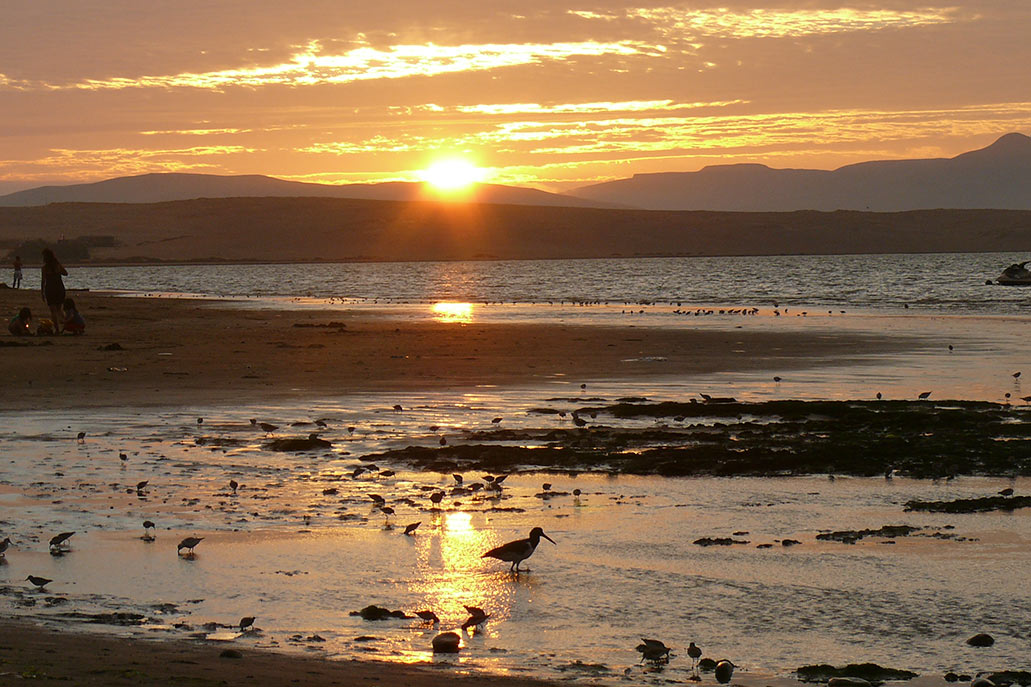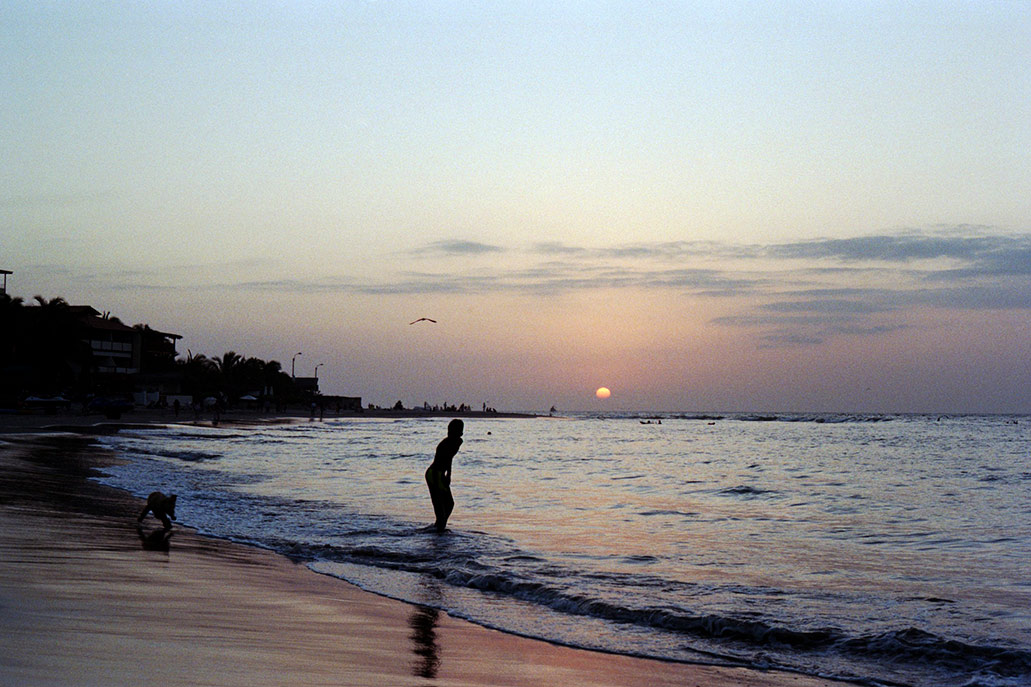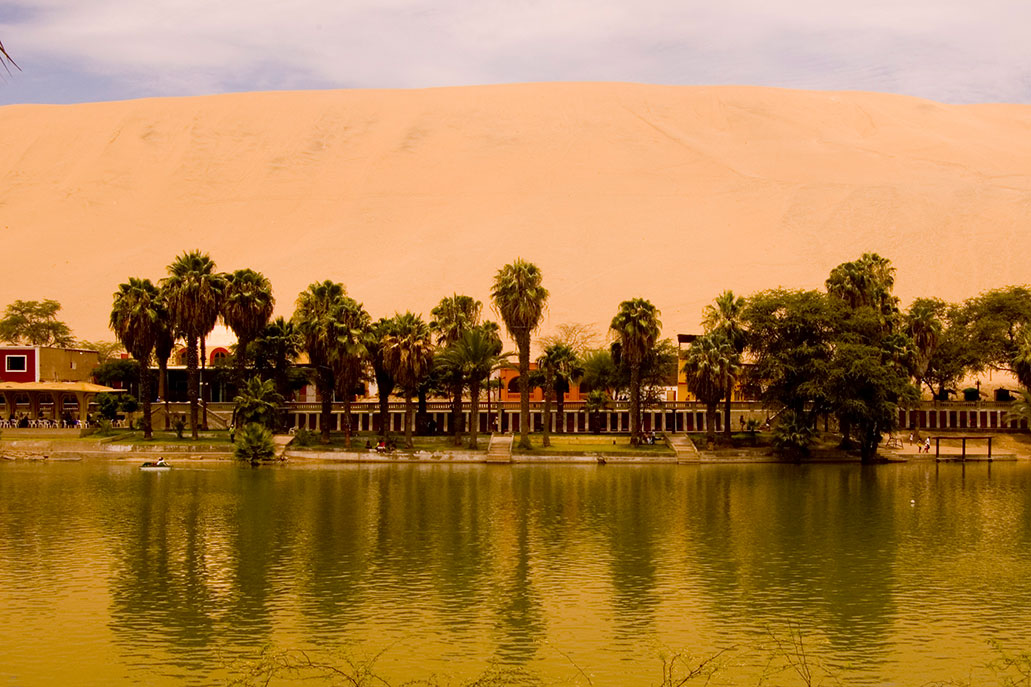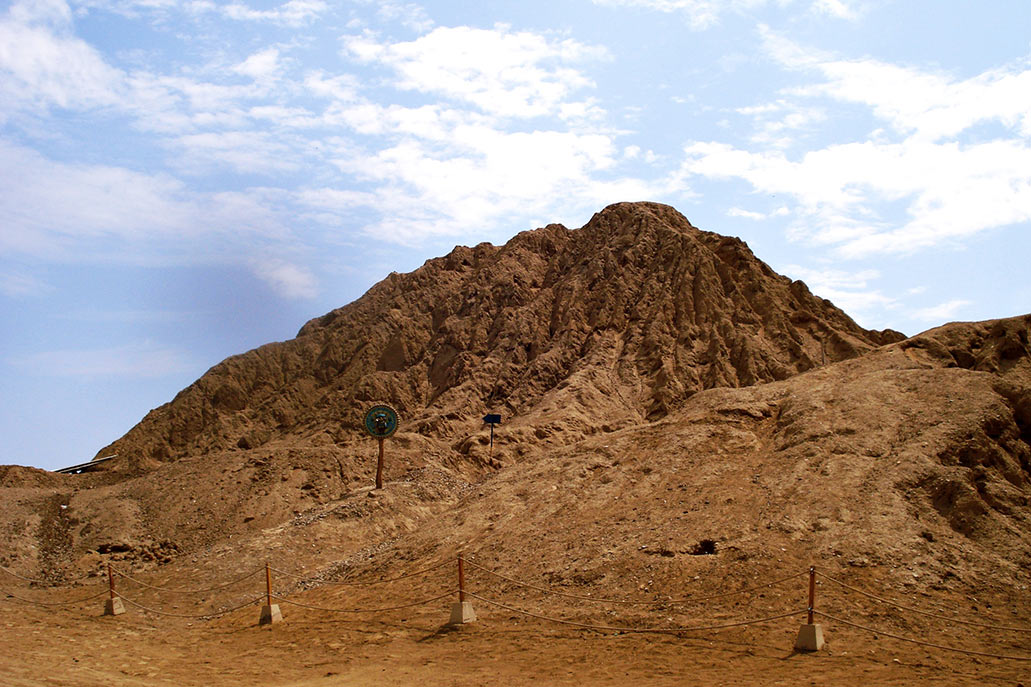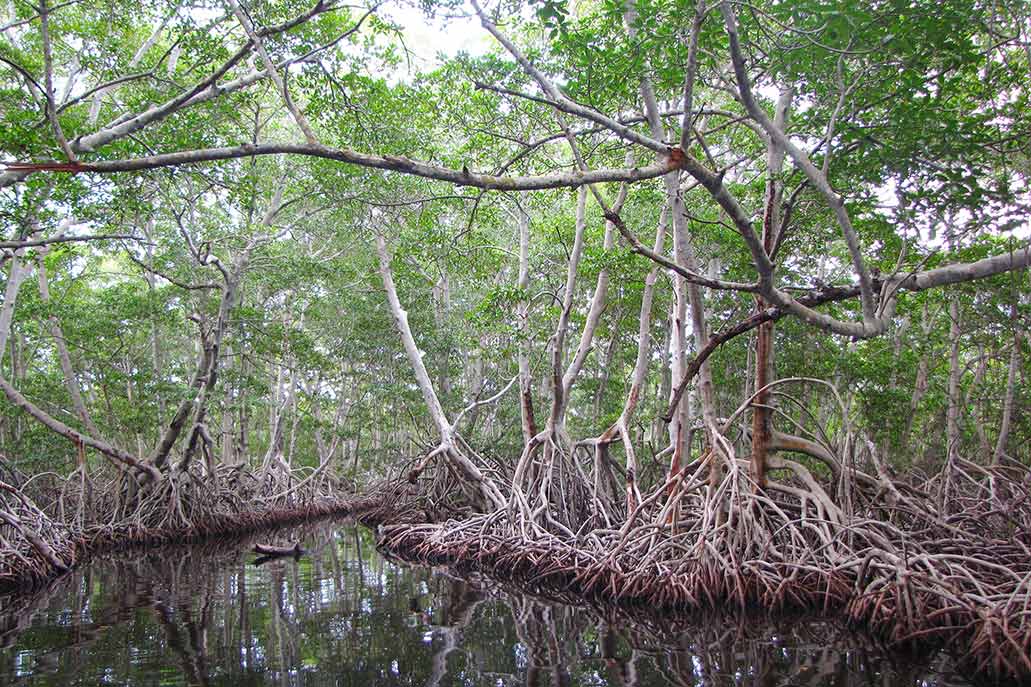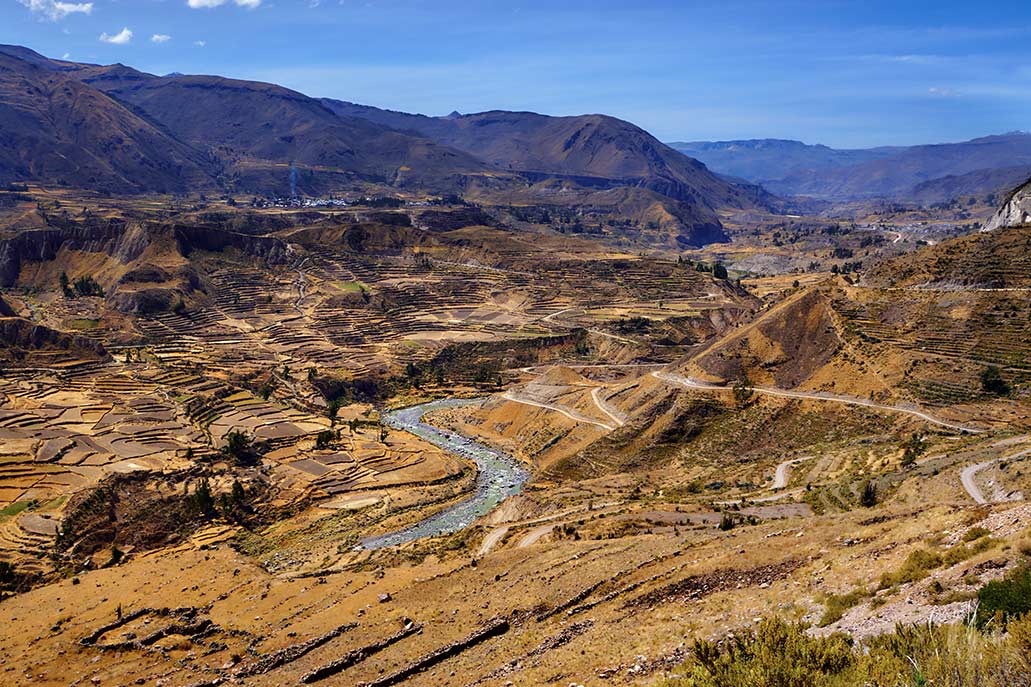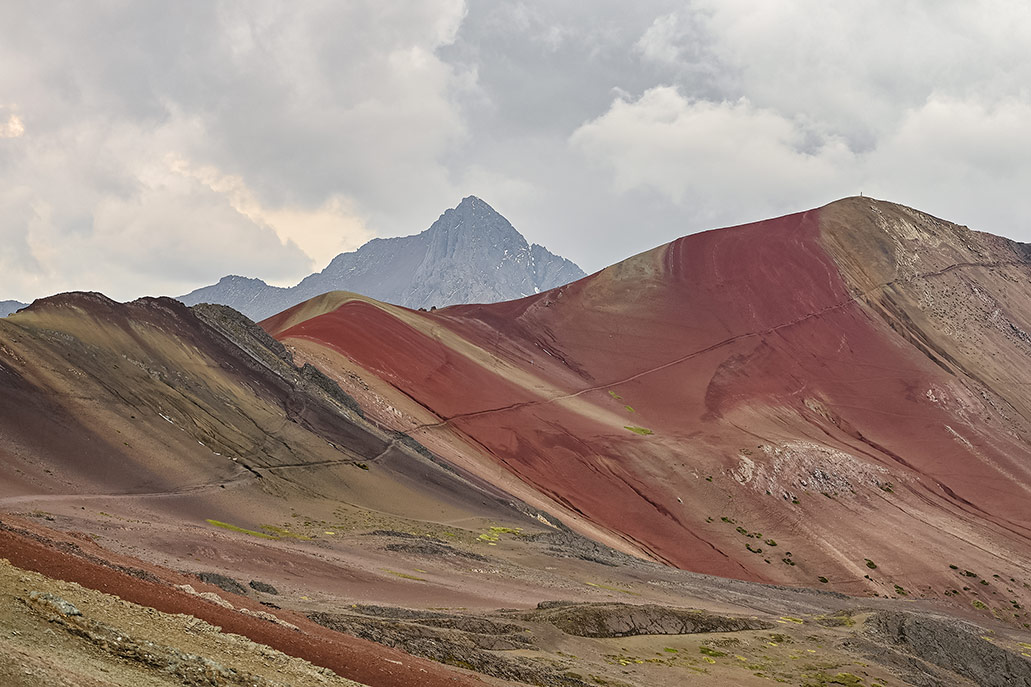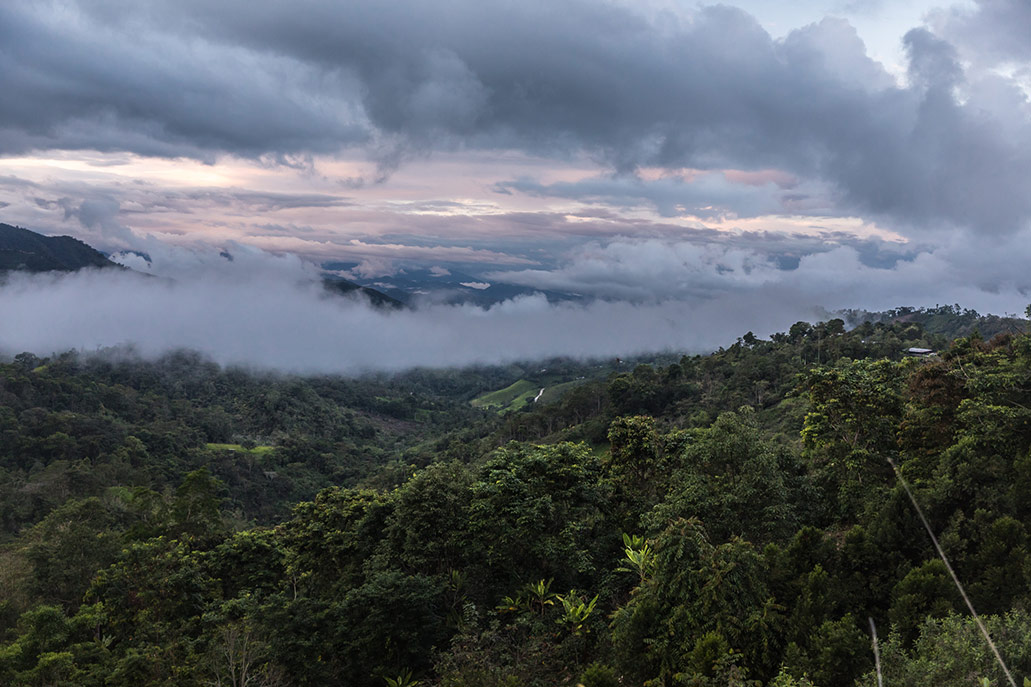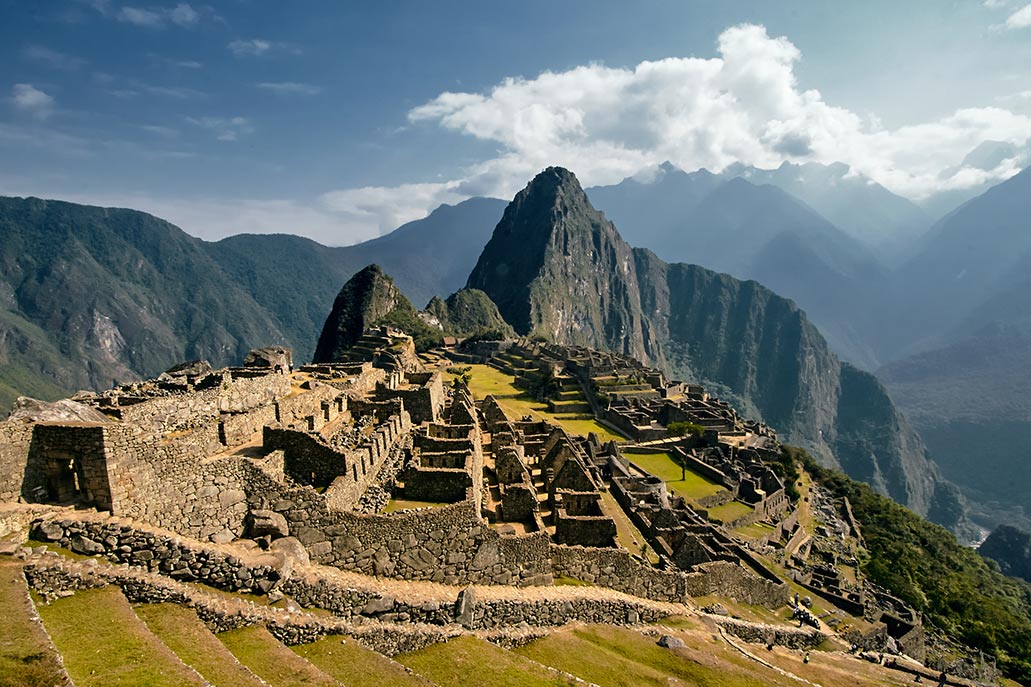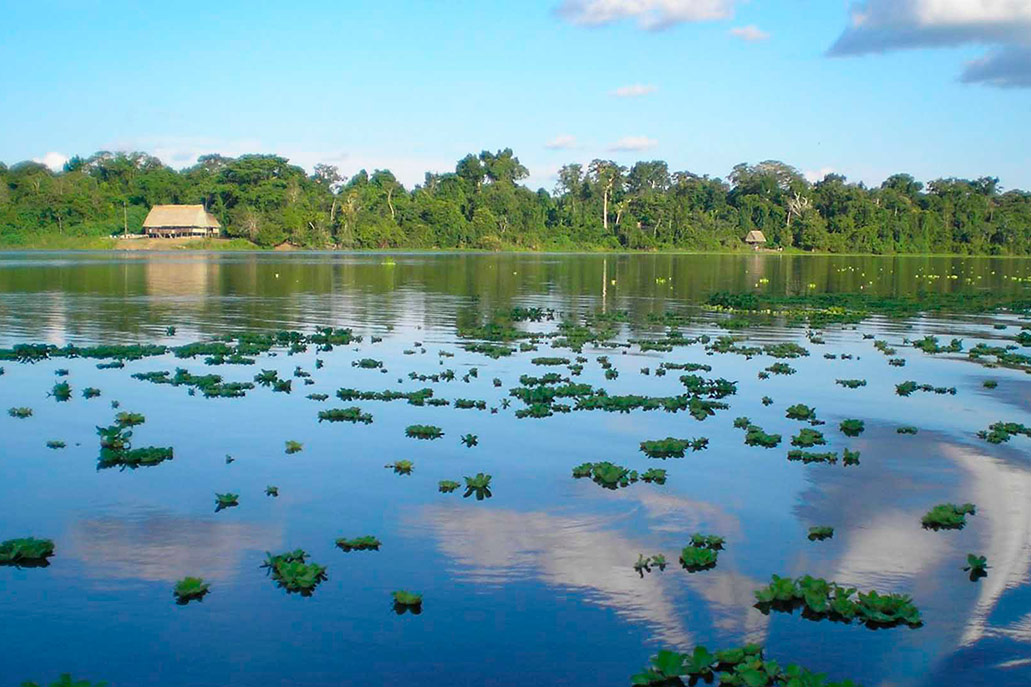The 11 ecoregions of Peru
In Peru there are 84 of the 104 ecosystems of the entire planet. In other words, the country has great biological diversity. In general, this great diversity is divided into three regions: the coast, the mountains and the jungle. However, for a better understanding of this diversity, the Peruvian researcher Antonio Brack proposed eleven ecoregions that include the tropical sea, the mountains, the puna, the jungle, and more. Meet them!
Content
What are the ecoregions of Peru? – Ecoregions are geographic areas with similarities in climate, flora, fauna, soil, and more. The Peruvian territory was traditionally divided into coast, highlands and jungle. The Peruvian researcher -and former Minister of the Environment- Antonio Brack proposed a more specific division into eleven ecoregions, each one with its own characteristics. These are: the tropical sea, the cold sea, the Pacific desert, the equatorial dry forest, the Pacific tropical forest, the steppe mountain range, the puna, the páramo, the high jungle, the low jungle, and the palm savannah. Meet them all!
The tropical sea
The tropical sea ecoregion is made up of the beaches of the north coast of Peru (in the departments of Piura and Tumbes). Unlike the other beaches in the country, these are warm, which causes cloudiness, rain and, consequently, hills or high areas with abundant vegetation.
The Peruvian tropical sea is the habitat of marine species such as the maglar, the pretty shark, turtles, crustaceans, lobsters, crabs and the famous tumbes crocodile. The temperature in this sea varies between 19ºC. and 23ºC. The most famous tourist attractions of this geography are the spas of Máncora, Vichayito, Lobitos, Cabo Blanco and Colán.
- Location: The north coast of Peru (regions of Piura and Tumbes).
- Main tourist attractions: The beaches of northern Peru such as Máncora, Vichayito, Lobitos, Cabo Blanco and Colán.
The cold sea
The cold sea ecoregion is made up of the beaches of almost the entire Peruvian coast, from Tacna in the south to Pariñas (Piura) in the north. As its name indicates, the waters of this sea are cold due to the Humboldt currents. Its waters are the habitat of a wide variety of fish and marine plants.
The main marine species that inhabit the cold Peruvian sea are sea lions, cetaceans, anchovies, white turtles and Humboldt penguins. The abundance of plankton and algae earned it the name ‘plankton soup’. The ambient temperature ranges from 13ºC. at 17ºC.
- Location: Beaches along almost the entire Peruvian coast, from Tacna in the south to Pariñas (Piura) in the north.
- Main tourist attractions: Paracas (Ica), Mejía beach (Arequipa) and Mollendo (Arequipa).
The pacific desert
The Pacific coast ecoregion, as its name suggests, is the desert strip that covers the entire Peruvian coast (from Tacna in the south to Piura in the north). Its main characteristics are hot and dry summers with cold and humid winters. In these months (from May to August), cloud layers prevent the passage of the sun’s rays.
The Pacific deserts offer few species of flora and fauna. However, due to the fifty-two rivers that descend to the sea through the desert, you can find species such as bats, carachitas, herons, snakes, kestrels and eaglets. It covers from 0 to a thousand meters of altitude. Its temperature, from 6ºC. up to 18ºC.
- Location: In the desert strip that covers the entire Peruvian coast (from Tacna in the south to Piura in the north).
- Main tourist attractions: Oasis of Huacachina (Ica), Pachacamac (Lima) and Caral (Lima).
The equatorial dry forest
The equatorial dry forest ecoregion is made up of forested desert geographies on the Peruvian north coast, in the departments of Lambayeque, Piura and Tumbes. There are plant species adapted to high temperatures and dry forests. Carob trees, ceibos and more stand out.
Among the species of animals and birds that inhabit the equatorial dry forest, the following stand out: the coastal fox, the gray deer, the white-winged guan, the anteater and the tumbes hummingbird. Its altitude varies from 0 to 2,800 meters above sea level. The temperature reaches 24ºC. on day.
- Location: Dry forest deserts on the northern Peruvian coast, in the departments of Lambayeque, Piura and Tumbes.
- Main tourist attractions: Amotape dry forest, Tumbes National Reserve.
The Pacific Rainforest
The Pacific tropical forest ecoregion covers a very small and special area on the north coast of Peru, specifically in the department of Tumbes. Despite its proximity to the sea and the equator, the geography there is wooded, with trees, jungles and, therefore, an abundant diversity of flora and fauna.
In the tropical forest of the Pacific inhabit species such as howler monkeys, crocodiles, jaguars, as well as armadillos, rabbits, boas and tarpon. The climate is hot and humid. The rains are intense between December and March. The average temperature is 24ºC. It is located at an altitude between 0 and a thousand meters above sea level.
- Location: It covers a very small and special area on the north coast of Peru, specifically in the department of Tumbes.
- Main tourist attractions: Tumbes Mangroves National Sanctuary.
The steppe mountain range
The steppe mountain range ecoregion is made up of the valleys, mountains, rivers, and canyons on the western side of the Andes Mountains, from the Arequipa region to Cajamarca. Its geography extends from a thousand meters to 3,800 meters above sea level. The climate is dry, sunny with cold nights and heavy rains from January to March.
The steppe mountain range offers various species of flora and fauna where the puma, the gray deer, the guanaco and the wild cat and more stand out. It is also the habitat of the cantuta flower, considered the national flower of Peru. Some of the main tourist attractions of this geography are: the Majes Valley, the Colca Canyon, the Mantaro Valley and more.
- Location<: It is made up of the valleys, mountains, rivers and canyons on the western side of the Andes Mountains, from the Arequipa region to Cajamarca.
- Main tourist attractions: Majes Valley, Colca Canyon, Mantaro Valley and more.
The puna
The Puna ecoregion is located in the Andes Mountains of Peru, at an altitude that exceeds 3,800 meters and reaching altitudes of 5,000 meters in elevation. This extreme geography is characterized by being surrounded by high mountains and even snow-capped mountains. Its climate is very cold at night. Temperatures can drop below 0ºC.
The puna ecoregion is the habitat of few species that managed to adapt to mountain geographies. The icchu or wild straw from the Andes stands out. Andean camelids such as the llama, the alpaca and even the vicuña also stand out. Some tourist attractions of this ecoregion are the Cordillera Blanca in Ancash and the Mountain of 7 Colors in Cusco.
- Location: In the Cordillera de los Andes of Peru, at an altitude that exceeds 3,800 meters and reaching altitudes of 5 thousand meters of elevation.
- Main tourist attractions: The Cordillera Blanca in Ancash, as well as Lake Titicaca in Puno and the Mountain of 7 Colors in Cusco.
The wasteland
The Páramo ecoregion is located in the highlands of northern Peru, at altitudes above 3,500 meters above sea level in Piura and Cajamarca. Unlike the rest of the Andean puna, this small geographical area is characterized by the formation of clouds, mist and, consequently, humidity.
This ecoregion is a continuation of the páramo that extends from Venezuela, Colombia and Ecuador. It covers the basins of the Huancabamba, Chinchipe and Quirós rivers. Despite the low temperature, there are plants and animals adapted to this geography. The mountain tapir (threatened species), the highland tapir, the partridge of the Andes and the dwarf deer stand out.
- Location: In the highlands of northern Peru, in the Piura and Cajamarca regions (in the upper basins of the Huancabamba, Chinchipe and Quirós rivers.
- Main tourist attractions: Regional Conservation Area Bosques El Chaupe, Cunía and Chinchiquilla.
The high jungle
The high jungle ecoregion, as its name indicates, covers the mountainous and tropical zone of the Peruvian Amazon, in the eastern part of the Andes Mountains. Its altitude ranges from 500 to 3,500 meters above sea level. From north to south it includes regions of nine departments. Its main characteristic are the humid forests product of the intense annual rains.
The high jungle ecoregion offers one of the richest biodiversities in Peru and on the planet. There are species such as the cock of the rocks (emblematic bird of Peru), the woolly monkey, the spectacled bear, the armadillo, the jergon, the margay, as well as orchids, giant begonias, tree ferns and much more. There are important tourist attractions such as the Inca citadel of Machu Picchu.
- Location: The high jungle ecoregion, as its name suggests, covers the mountainous and tropical zone of the Peruvian Amazon, in the eastern part of the Andes Mountains.
- Main tourist attractions: Machu Picchu, Kuelap, Tingo María waterfalls and more.
The lower jungle
The lowland jungle ecoregion, as its name indicates, extends across the Peruvian Amazonian jungle plain, occupying up to two thirds of the total Peruvian territory (it is estimated that up to 60 million hectares). It has a hot and rainy climate where many species of plants and animals live. In this ecoregion there are rivers such as the Amazon, the Ucayali and the Madre de Dios.
The lowland jungle ecoregion includes the territories of the departments of Loreto, Ucayali, Madre de Dios, San Martín, Huánuco and Pasco. Among the species of flora and fauna, the blue macaw, the capybara, the yellow macaw, the taricaya, the lazy bear, dozens of species of monkeys, the river dolphin and much more stand out.
- Location: Through the Peruvian Amazon jungle plain occupying up to two thirds of the total national territory (in the departments of Loreto, Ucayali, Madre de Dios, San Martín, Huánuco and Pasco.
- Main tourist attractions: Amazon river, Yarinacocha lagoon, Tambopata National Reserve.
The palm savannah
The palm savannah ecoregion is one of the smallest, but best preserved and with great biological diversity in Peru. It is located in a small strip of jungle in the department of Madre de Dios (in the area known as the Pampas del Río Heath). Despite covering only 8 thousand hectares, the non-presence of man managed to develop exuberant vegetation.
The palm savannah ecoregion is surrounded by water. It includes plant formations such as pampa grasslands, hill groves, adjacent forests, and gallery forests. There are attractive species such as macaws, the aguaje, the giant toucan, the anteater, the maned wolf, the aguaje and different species of birds. The area is protected avoiding the presence of man. It is also called the Chaco ecoregion.
- Location: It is located in a small strip of jungle in the department of Madre de Dios, in the area known as the Pampas del Río Heath (border with Bolivia).
- Main tourist attractions: Pampas del Heath National Sanctuary.
By Machupicchu Terra – Last updated, June 28, 2023
